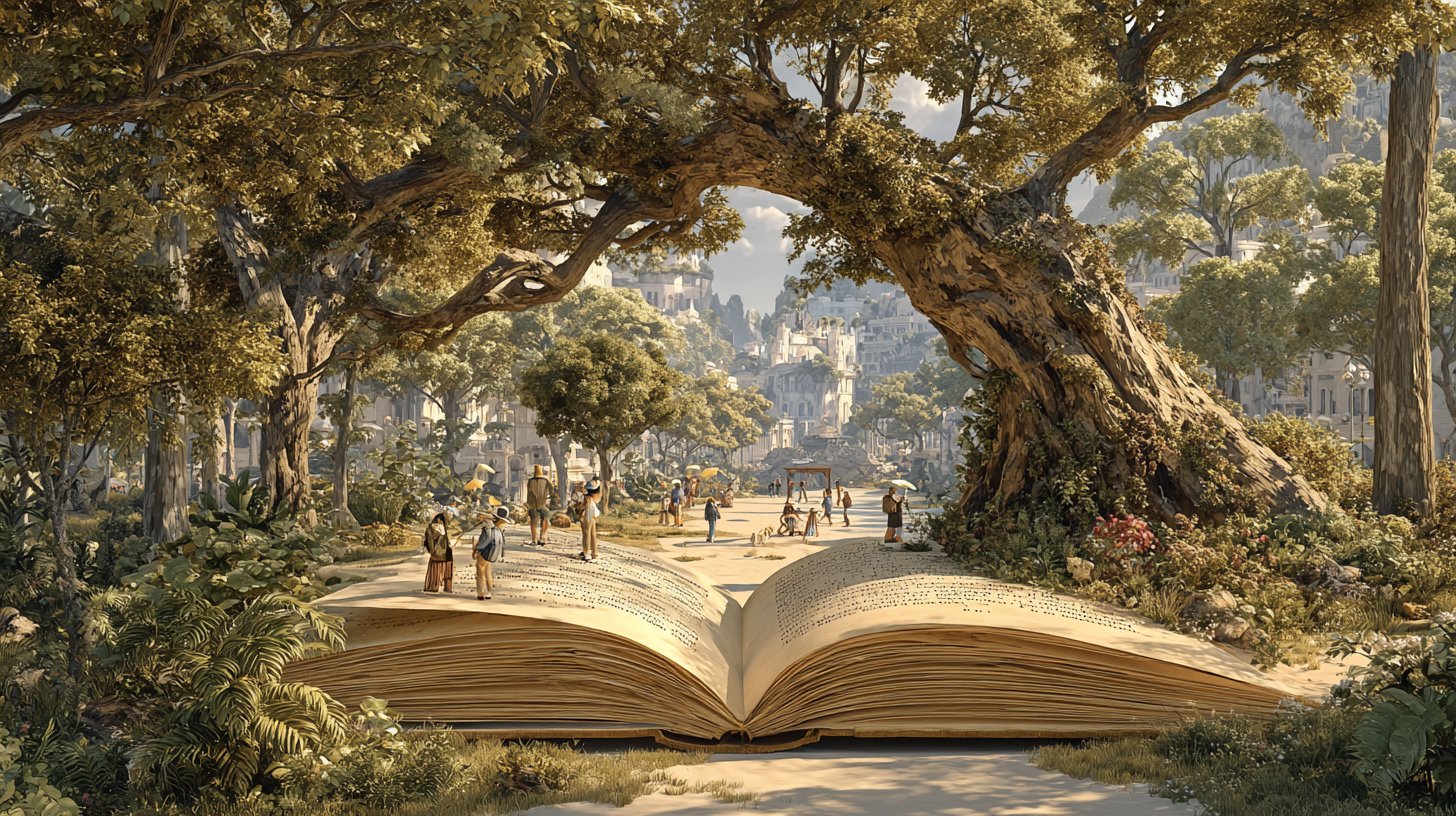How Novels Bring Friendships to Life

Friendship, literature, and emotions are three central elements that enrich our lives. In the world of literature, friendships are depicted not only as relationships between characters but also as reflections of our own relationships. In this article, we want to explore how both classical and modern novels portray friendships and what lessons we can draw from them.
The depiction of friendships in literature is often a crucial component of the plot. It can show separations, loyalty, conflicts, and reconciliations. This dynamic reflects not only the interpersonal relationships we experience in real life but also gives us insights into the human psyche. In many stories, we find that friendships are the driving force for character development and often represent the critical turning points in the protagonists' life.
Classic Friendships in Literature
In classic works like "The Brothers Karamazov" by Fyodor Dostoevsky or "The Great Gatsby" by F. Scott Fitzgerald, friendships are not just subplots but central themes. Dostoevsky shows how the complex relationships among the Karamazov brothers are explored and how these bonds can be both a driving force and an obstacle for the characters. On the other hand, Fitzgerald describes the toxic friendship between Gatsby and Daisy, which is based on romantic illusions, and how these illusions ultimately harm both. These novels illustrate that friendships can often bring both light and shadow into our lives.

Another important example is "Buddenbrooks" by Thomas Mann. Here, the development of the Buddenbrook family and their friendships over generations is depicted. Mann shows how economic success and personal connections are intertwined and how changes in a relationship can affect the characters' fate. The friendships between family members, as well as with friends and acquaintances, are vital for the story's conclusion.
Modern Perspectives on Friendship
Modern novels like "The Kangaroo Chronicles" by Marc-Uwe Kling are often humorous and carefree, yet still tackle deeper themes of friendship. The relationship between the human and the kangaroo shows how important it is to have someone who restores one's belief in oneself and brings humor to difficult situations. This form of friendship is often described as refreshing and revitalizing and stands in contrast to the serious themes in classical works.

Another notable example in contemporary literature is "The Discomfort of Evening" by Édouard Louis. Here, friendship and the search for acceptance in an often intolerant society are explored. The very personal experiences and emotional bonds of the characters are reflected in the friendships that endure despite external adversities. These works emphasize how important support and solidarity are within the friendship network, especially in challenging times.
Lessons from Friendships
From the analysis of friendships in literature, we can draw some important lessons. A central point is that friendships, whether in novels or real life, are often not perfect. They require work, understanding, and often forgiveness. The challenges that arise within a friendship can either tear the bond apart or strengthen it. Literature teaches us that the ability to overcome conflicts and repair the relationship is an essential component of strong friendships.

Furthermore, we can learn that true friendship is often selfless. In many modern and classic novels, friendships are built on support, understanding, and unconditional trust. These principles can help foster friendships that are enriching and fulfilling both in literature and in real life.
In conclusion, it can be said that friendships are a cornerstone of our existence both in literature and in real life. They provide us with stability and often the strength we need to endure difficult times. The portrayal of these relationships in classic and modern novels encourages us to reflect and inspires us to value and develop our own friendships. Whether in Dostoevsky's story or in Kling's – friendship remains a timeless theme that touches us all.


